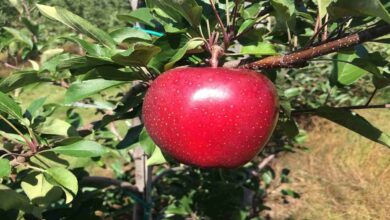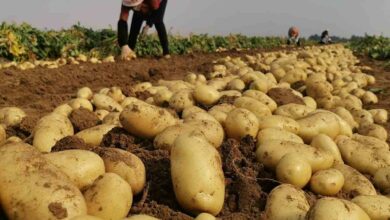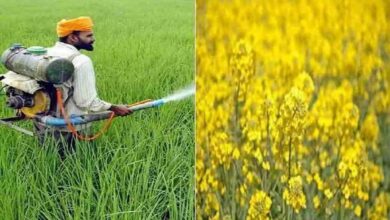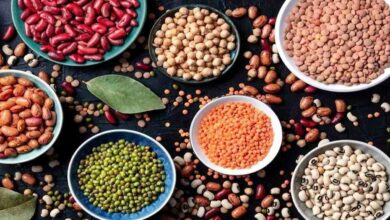Malmala Saag: Use the field in this way after digging potatoes, you will get great profit in just 15 days
Malmala Saag: Potatoes have been pulled out by the majority of Chhatarpur district farmers. After digging potatoes, if the field is left empty, a vegetable that can be prepared and consumed at home all summer long may be planted this summer. Curry and Malmala greens are popular summertime dishes in the area. In addition to being delicious, it has several health benefits.
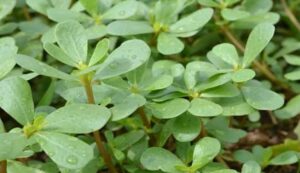
According to Ramakant Dixit, there is a field close to his home where potatoes have been planted. He intends to grow Malmala in this empty space now that the potatoes have been removed. According to him, it is consumed in large quantities throughout the summer and has health benefits.
It is very simple to cultivate
According to Ramakant, growing Malmala is rather simple. Planting it doesn’t need any specialized knowledge or abilities. Housewives may also cultivate it in little pots or in the house’s courtyard. First, spend 10–20 rupees on Malmala seeds. After loosening the dirt a little, plant the seeds. You might add cow dung manure or decaying fruits and vegetables from the kitchen. Remember that the soil shouldn’t be too damp or dry when you water it. All that should be left is the wetness.
In 15 days, the crop will be ready
Fifteen days after the seeds are planted, Ramakant says Malmala is ready. It may then be sliced and put to use. Curry is prepared by combining buttermilk (mattha) and malmala. Additionally, its saag, which is pleasant to eat, is manufactured.
It expands more quickly the more you cut
According to Ramakant, Malmala’s unique quality is that it grows back more quickly the more you cut it. It grows just like spinach and berseem fodder. Watering it daily or every two to three days in the morning will allow it to grow constantly throughout the summer and be trimmed and reused often.
For three months, 20 rupees may be used to provide meals for 20 people
According to Ramakant, it may be produced for three months using seeds that cost just twenty rupees. Other than seeds and water, there are no other expenses. After 15 days of seeding, half a kilogram of muslama may be picked daily, from which 20 people could comfortably eat curry or saag. Throughout the summer, it may develop into a nutritious and fresh meal choice.


